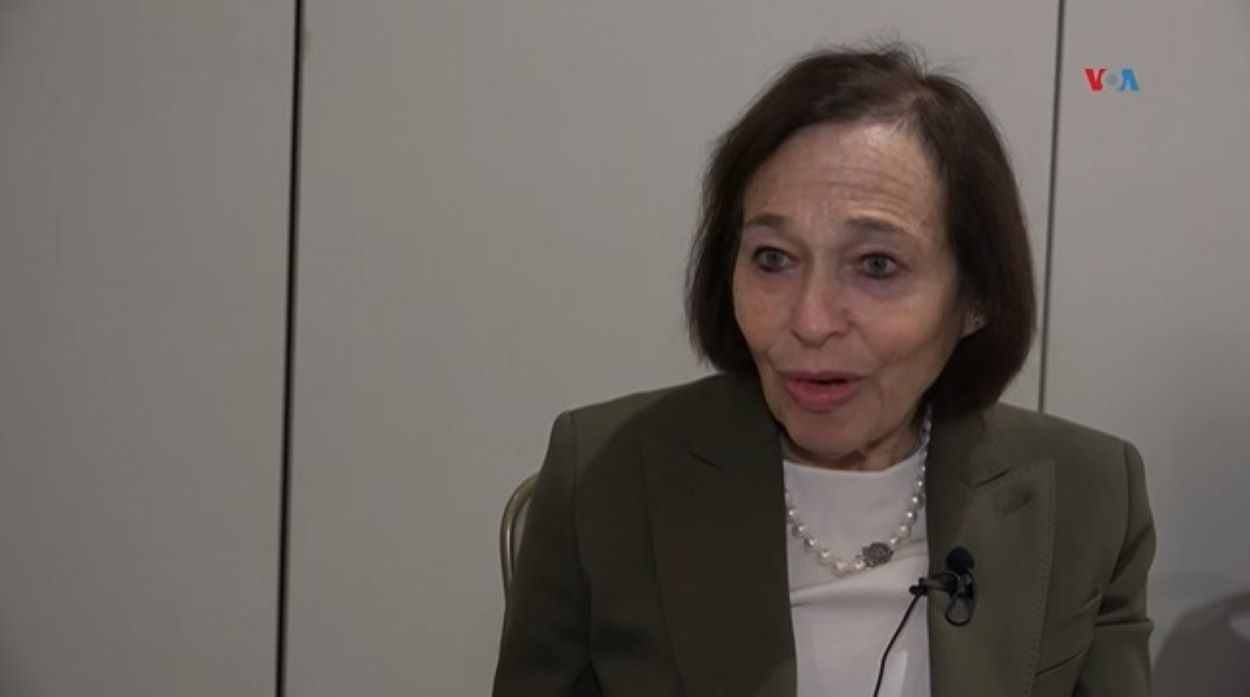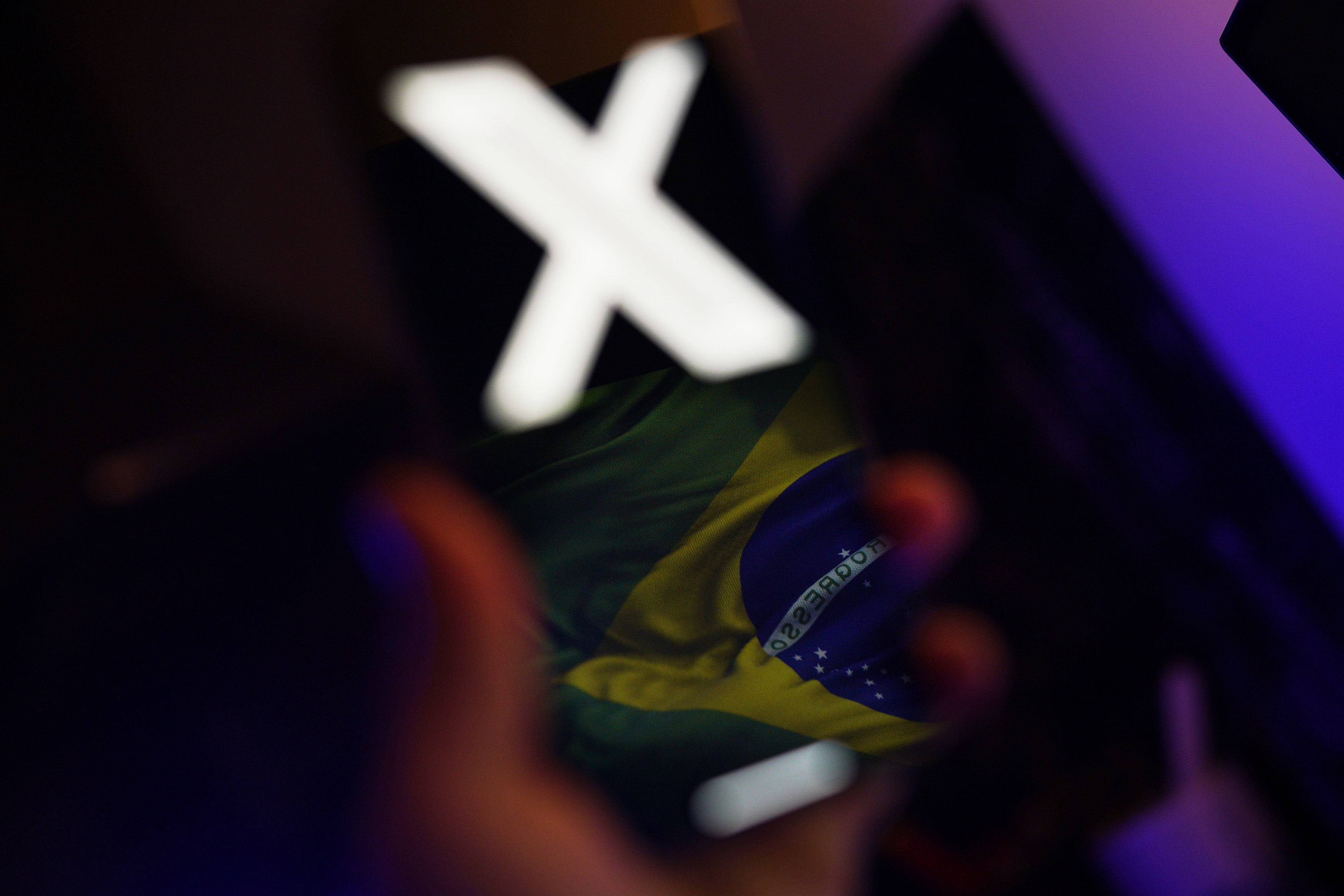Weekly Chart: How Latin American Leaders Use Social Media
Weekly Chart: How Latin American Leaders Use Social Media
Whether by Twitter or Periscope, Latin American governments are reaching constituents on social media like never before.
Presidential tweets aren’t just a political force in the United States. Beyond President Donald Trump’s “covfefe” tweet, heads of state, ministries, government offices, and diplomats all over the world use social media to communicate with constituencies, exercise diplomacy, and win votes in elections.
Because of that last effort, governments have also faced questions about their use of social media. Trump’s Twitter account—the most popular profile for a world leader after that of Pope Francis—saw an unusual spike in followers over the weekend, many of which appear to be artificial “bots.” In Mexico, there have been doubts about the number of President Enrique Peña Nieto’s followers on Twitter and how fake accounts known as “peñabots” affect political discourse in the twittersphere.
According to Burson-Marsteller's Twiplomacy Study 2017, which looks at how governments and international organizations use social media channels, Twitter is the preferred platform for world leaders. More than 90 percent of all UN member states have governments with a presence on Twitter. The study looked at major social media platforms such as Twitter, Facebook, Instagram, Periscope, and Snapchat and identified 856 Twitter accounts of heads of state and government, foreign ministers, and their institutions in 178 countries worldwide.
Latin American leaders are the most active on social media, and their constituents are the ones spending the most time on social network websites in the world. With the number of social media users in Latin America potentially reaching 290.5 million in 2018, AS/COA Online takes a look at how Latin American leaders are using these digital channels to reach constituents.








